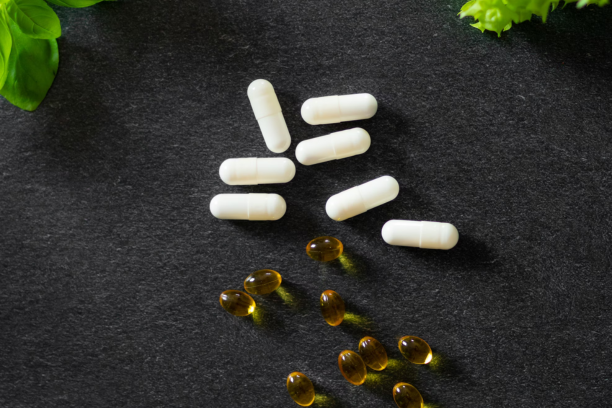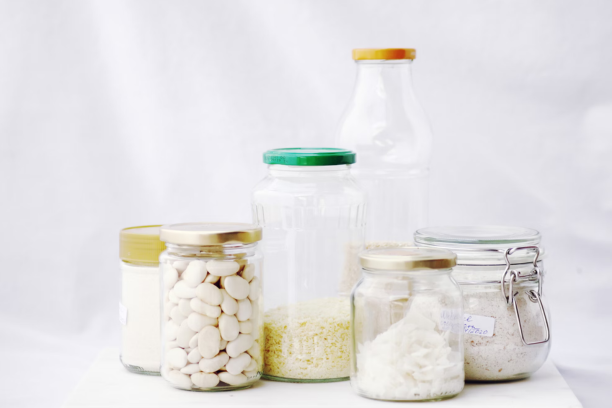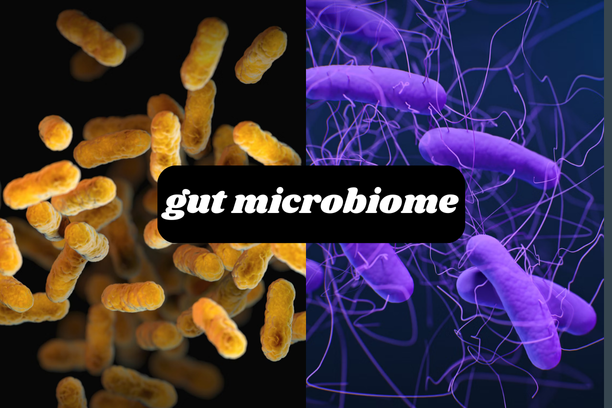Why Gut Health Is a Priority in 2025
Gut health is no longer a niche wellness topic; instead, it’s a global health priority. In fact, in 2025, rising awareness about the gut microbiome and its connection to digestive health, mental clarity, and immunity is actively reshaping how people in the USA, UK, and Canada approach nutrition and wellness.
With increasing cases of IBS, bloating, chronic inflammation, and post-antibiotic issues, more people are turning to natural gut health solutions specifically, prebiotics and probiotics.
But which is better? And more importantly do you need both?
Let’s explore.
What Are Prebiotics? Definition, Function & Benefits
Prebiotics are a type of non-digestible fiber that feed the good bacteria already living in your gut. Unlike probiotics, which are live bacteria, prebiotics act more like fertilizer.
They’re found in common fiber-rich foods like:
- Bananas
- Garlic
- Leeks
- Onions
- Oats
- Asparagus
These healthy gut foods help your body produce short-chain fatty acids (SCFAs), which:
- Strengthen your intestinal lining
- Lower inflammation
- Support the gut-brain connection
- Fuel immune system function
According to functional medicine practitioners, prebiotics and gut health are directly linked. They play a key role in healing the gut lining, especially if you suffer from leaky gut or digestive sensitivity.
What Are Probiotics? Function, Sources & Benefits
Probiotics are live microorganisms that enhance your gut microbiome diversity. When consumed in the right amounts, they help populate your gut with beneficial bacteria.
Common probiotic sources include:
- Yogurt (with live cultures)
- Kefir
- Kimchi
- Sauerkraut
- Probiotic supplements
In addition, these friendly bacteria aid digestion, while also supporting nutrient absorption, and moreover, they even influence mood regulation through the gut-brain axis.
Regular use of probiotics for gut health has been shown to improve:
- Bowel movements
- Digestive enzyme production
- Post-antibiotic recovery
- Immune system support
It’s important to choose unpasteurized, live-culture options. Pasteurized products, even if labeled as probiotic-rich, often contain little to no active cultures.

Key Differences Between Prebiotics and Probiotics
Feature Prebiotics Probiotics
Source Fibers in plant foods Live bacteria in fermented foods/supplements
Role Feed beneficial bacteria Add new bacteria to your gut
Digestion Not broken down—reach colon intact May die during digestion
Example Combo Oats + Yogurt (Synbiotic) Kimchi + Legumes (Synbiotic)
Unlike probiotics, prebiotics survive digestion and help your gut produce short-chain fatty acids. On the other hand, probiotics may require special delivery (e.g., capsules) to remain effective.
Using them together called synbiotics can give you a microbiome boost that’s more powerful than either alone.
Which Is Better for Gut Health in 2025?
So, which wins: prebiotics or probiotics?
The answer: It depends on your health goals.
In 2025, functional medicine in the UK, USA, and Canada emphasizes personalized gut health protocols. Here’s how to choose:
- For bloating or IBS: Prebiotics may help nourish and calm your system.
- Post-antibiotics: Probiotics are critical to restore your intestinal microbiota.
- For anxiety or mood regulation: A balance of both improves the gut-brain connection.
Latest research shows diversity in gut bacteria matters more than quantity. You need a balanced gut ecosystem, not just one type of bacteria.
How to Combine Prebiotics and Probiotics Effectively (Synbiotics)
The smartest strategy? Combine both daily using synbiotic pairings:
- Yogurt + Oats
- Kefir + Chia Seeds
- Kimchi + Legumes
- Probiotic drink + Banana
By building microbiome-friendly meals, you increase gut flora balance naturally and support IBS relief and digestive resilience.
Tips to avoid gut irritation:
- Introduce fiber slowly
- Drink plenty of water
- Choose fermented foods with live cultures
- Avoid artificial sweeteners or additives
Common Mistakes When Using Probiotics or Prebiotics
Despite the benefits, many people unknowingly harm their gut bacteria by:
- Over-relying on supplements instead of whole foods
- Skipping water while increasing fiber intake
- Consuming pasteurized yogurt or fiber additives with no gut benefit
- Ignoring food labels that include preservatives, sugars, or heat-treated cultures
Even healthy foods can be stripped of benefits during processing. Look for “live and active cultures” on yogurt and avoid overuse of gut-damaging ingredients.

Personalized Gut Health Plans in the USA, UK, and Canada
What’s new in 2025 is the rise of personalized microbiome testing in North America and the UK. With at-home test kits, users can now:
- Measure gut diversity
- Identify bacteria imbalances
- Get tailored food & supplement recommendations
Top Prebiotic/Probiotic-Rich Foods by Region:
Region Prebiotic Picks Probiotic Picks
USA Garlic, asparagus, oatmeal Greek yogurt, kombucha
UK Leeks, barley, artichokes Sauerkraut, kefir
Canada Onions, flaxseeds, lentils Kimchi, probiotic yogurt
Best Supplements by Region:
- Canada: Renew Life Ultimate Flora
- UK: Optibac Probiotics
- USA: Seed Daily Synbiotic
Conclusion | Prebiotics vs. Probiotics Why You Need Both
In the debate of prebiotics vs. probiotics, the clear winner is both together.
A synbiotic approach builds a healthier microbiome, improves digestion, reduces chronic inflammation, and supports better mental and physical well-being.
Whether you’re struggling with leaky gut, bloating, or post-antibiotic issues, your body needs both fuel (prebiotics) and good bacteria (probiotics) to thrive.
Call to Action
Want to improve your digestive health and boost immunity naturally in 2025?
Start building your personalized microbiome health plan today!
Explore our guides on gut-friendly diets, synbiotic recipes, and doctor-recommended gut supplements in your region.




